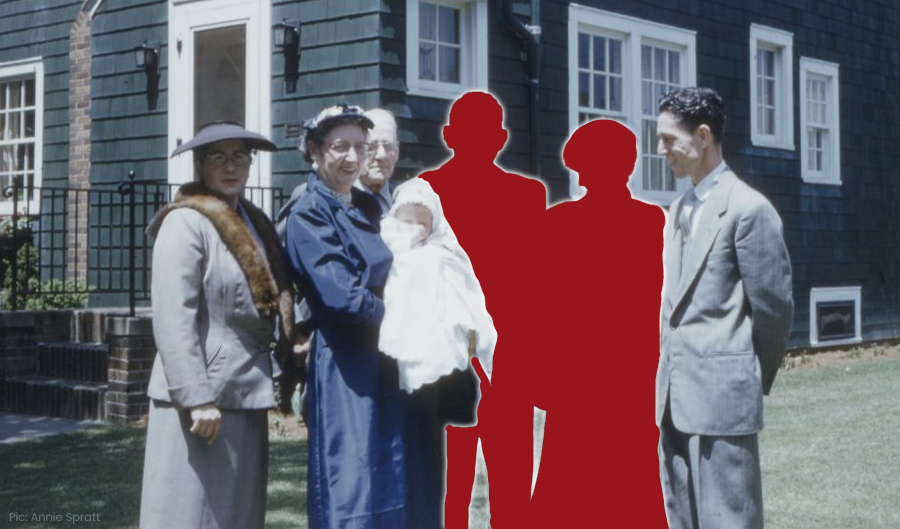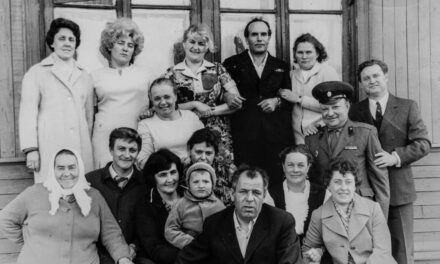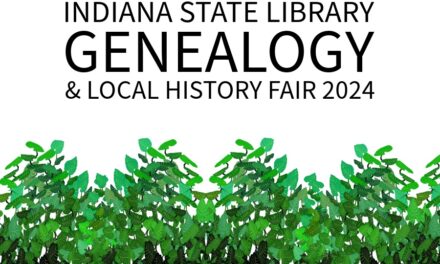A survey from Ancestry® has found that more than half (53 per cent) of Americans can’t name all four grandparents, thus demonstrating a knowledge gap in key information about more recent family history.
In order to help fill this gap, Ancestry has pointed to the use of census records as a possible way to find those missing grandparental names.
Released every 10 years, census records are one of the most valuable ways people can learn about their family’s past, as they provide rich insights into what an ancestor’s life was like at the time.
On April 1, the 1950 U.S. Census was made public by the National Archives and Records Administration. Ancestry is indexing the records state by state to make them searchable for everyone for free. People born in the U.S. before 1975 are now likely to find their parents in the 1950 census if they were U.S. residents – and those born before 2000 could find a grandparent.
While many Americans don’t know a lot about their family’s past, they want to know more. Sixty-six percent of respondents said they want to learn more about their family history and over half (51 per cent) want stories about when their ancestors were young and what life was like at a moment in time. The 151 million newly released 1950 U.S. Census records will be a valuable resource for learning about their family members’ lives – with details like home address, occupations and salaries, names and ages for members of the household, education level, military service, and more. In fact, nearly one out of three discoveries for Ancestry customers in the U.S. is made using a census record.
“It’s exciting that younger generations now have the opportunity to learn more about family members they know, like parents and grandparents. The 1950 Census provides a fascinating look at an era in our collective history but the magic happens when you discover a more complete picture of not only what your family member’s life was like at a moment in time, but also how it had changed over the decades.”
Crista Cowan, Corporate Genealogist at Ancestry
Ancestry will debut exclusive product features to make the most comprehensive and searchable 1950 U.S Census index, including:
- A Personalized Guide to the Census: The Record Tour feature will provide a step-by-step guided experience, showing what’s in each census record and what it means. It can help people better understand their story and reveal new details about their relatives and their world in 1950.
- AI Powering Quicker Discoveries: Ancestry developed precise machine learning to power its proprietary AI Handwriting Recognition technology to make every field of these records searchable, rather than just names–enabling anyone to quickly and more accurately find family members. For example, someone looking for John Smith may see hundreds of names, making it difficult to know which one is their ancestor. The Ancestry AI better pinpoints specific people to reduce the time it takes to make discoveries.
- Look at Your Ancestor’s Life Over Time: Get snapshots of relatives’ lives across the decades by comparing multiple records–even adding additional historical context to discover what remained the same and what changed from one decade to another. For example, a great-grandfather may have been a factory worker in the 1930 Census and later a factory owner in the 1950 Census.
- An Interactive Way to Explore Then vs. Now: By combining a census enumeration map overlay with a modern-day interactive map, users will be able to compare landmarks, roads, new developments, and other marked features on the maps to see how much has changed over the years, and how much is still the same.
- Short Shareable Stories, Without Any Research: Simply input a grandparent’s or parent’s name, where they might have lived, and birth year and users could get brief shareable stories about an ancestor’s life at the time. With a few clicks, Ancestry technology will quickly extract key details from 1940 U.S. Census records and add historical context in short story form, including insights like where they lived, if they owned their home and its value, the level of education of everyone in the household, and more. Once the 1950 Census is fully indexed, this experience will provide stories using those records.
To build a family tree for free and stay up to date on when census records from each state are fully searchable, visit Ancestry.com/1950Census.
*Data from a survey conducted by OnePoll on behalf of Ancestry from March 17 to March 22, 2022, with a panel of 2,113 Americans, including 1,911 from top 10 DMAs and 202 from Salt Lake City, UT.




